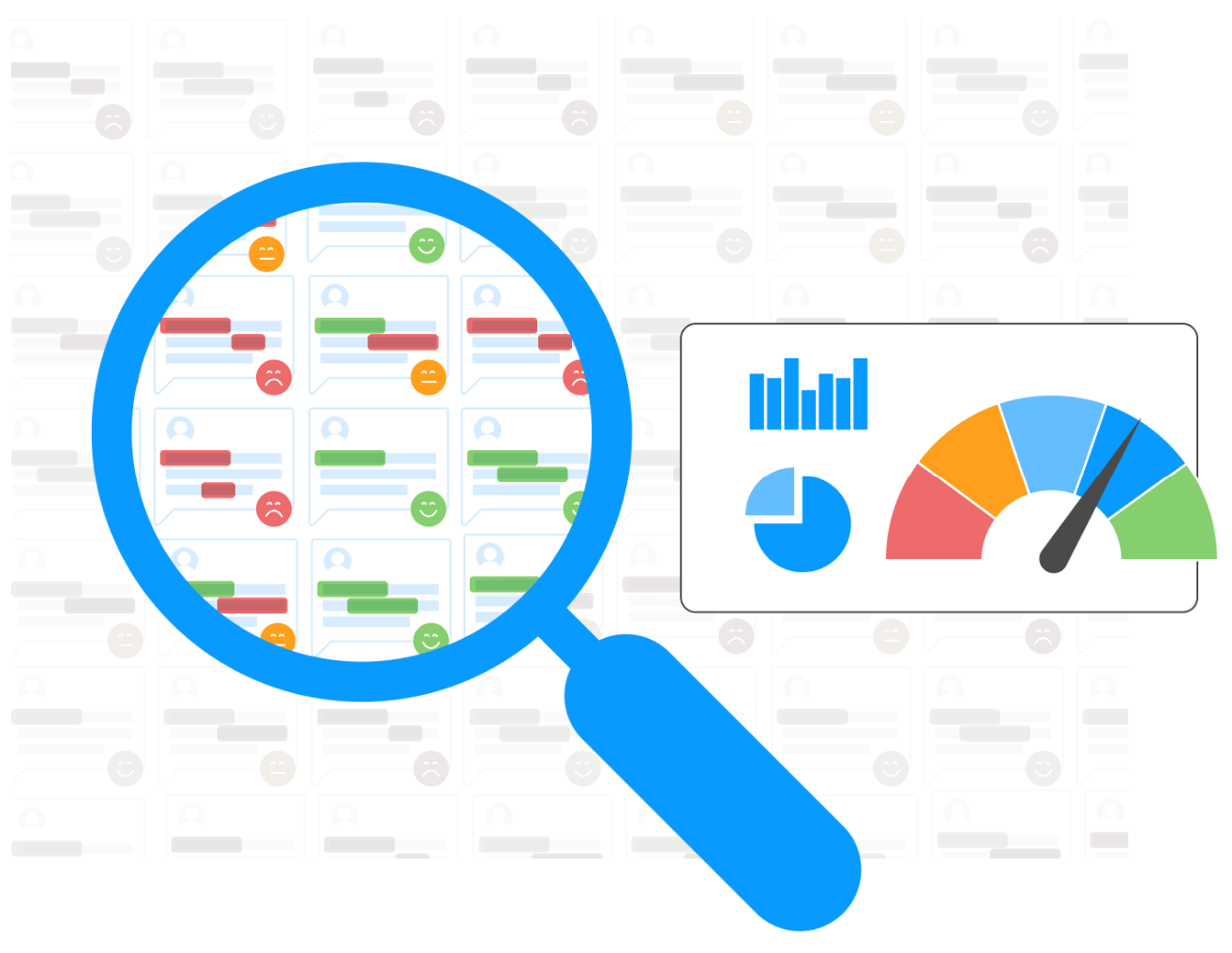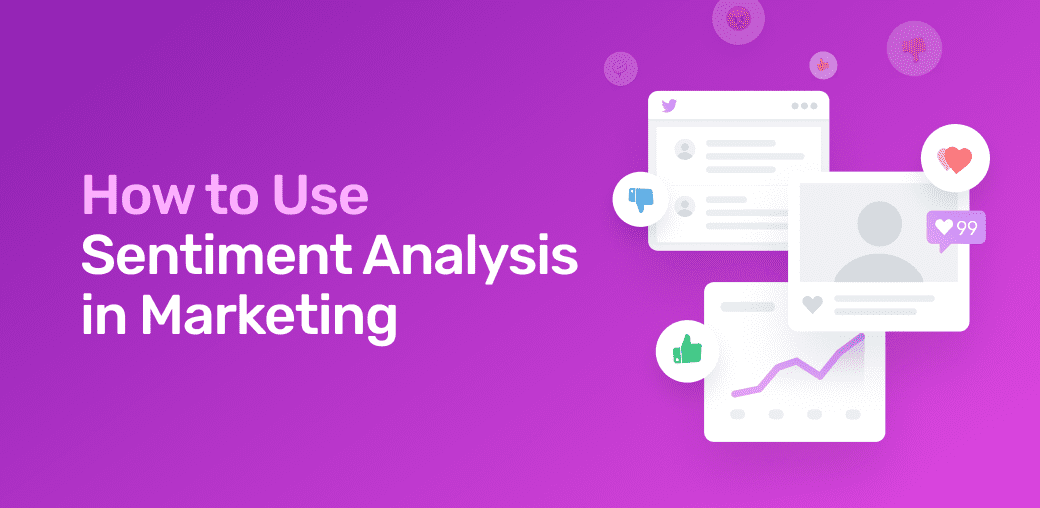In the ever-evolving landscape of digital marketing, understanding the sentiment of your audience is paramount. Sentiment analysis, also known as opinion mining, has emerged as a valuable tool for businesses looking to gauge public perception and tailor their strategies accordingly. In this article, we will delve into the world of what is sentiment analysis in marketing, exploring its definition, methodologies, applications, and how it can revolutionize your marketing efforts.
What Is Sentiment Analysis In Marketing

Sentiment analysis, often referred to as opinion mining, is a process that involves evaluating and interpreting opinions, emotions, and attitudes expressed in text data. This data can be gathered from various sources, including social media, customer reviews, surveys, and more. The primary goal of sentiment analysis is to determine whether a piece of text expresses a positive, negative, or neutral sentiment.
The Importance of Understanding Sentiment
Understanding sentiment is crucial for businesses in today’s competitive market. It allows companies to gain valuable insights into how their target audience perceives their products, services, and brand as a whole. By analyzing sentiment, businesses can make data-driven decisions that can influence their marketing strategies, customer engagement, and product development.
How Sentiment Analysis Works
1. Text Preprocessing
Before sentiment analysis can be performed, text data must undergo preprocessing. This includes tasks like removing punctuation, tokenization (breaking text into words or phrases), and stemming (reducing words to their root form). These steps ensure that the text is in a format suitable for analysis.
2. Sentiment Classification
Sentiment classification is the core of sentiment analysis. This step involves determining the sentiment polarity of each piece of text, whether it’s positive, negative, or neutral. Machine learning algorithms play a significant role in this process, as they can be trained to recognize sentiment patterns.
3. Machine Learning Algorithms
Machine learning algorithms, such as Naive Bayes, Support Vector Machines (SVM), and deep learning models like Recurrent Neural Networks (RNNs) and Convolutional Neural Networks (CNNs), are commonly used for sentiment classification. These algorithms learn from labeled data to make predictions about the sentiment of new text inputs.
Sentiment Analysis Tools and Software
To streamline sentiment analysis, there is a wide range of tools and software available. Some popular options include Natural Language Processing (NLP) libraries like NLTK and spaCy, as well as commercial sentiment analysis platforms like Brandwatch and AIM Insights.
Sentiment Analysis in Social Media
Social media platforms are a goldmine of unfiltered consumer opinions. Businesses can employ sentiment analysis to monitor conversations, track mentions of their brand, and respond to customer feedback promptly.
Monitoring Brand Reputation
Sentiment analysis helps businesses keep a close eye on their brand’s reputation. By identifying negative sentiment early, they can take proactive measures to address issues and protect their image.
Product and Service Improvement
Analyzing customer feedback through sentiment analysis allows companies to pinpoint areas of improvement for their products and services. This data-driven approach can lead to more effective enhancements.
Customer Feedback Analysis
Understanding customer sentiment provides valuable insights into their preferences, pain points, and expectations. Companies can use this information to tailor their marketing campaigns and offerings.
Sentiment Analysis in Content Creation
1. Creating Targeted Content
Sentiment analysis can inform content creators about the type of content that resonates with their audience. By crafting content aligned with positive sentiment, businesses can boost engagement.
2. Identifying Content Gaps
Analyzing sentiment in existing content can reveal gaps or areas where more informative or positive content is needed.
Challenges
1. Sarcasm and Irony
Sentiment analysis faces challenges in detecting sarcasm and irony, which may convey the opposite sentiment of the words used.
2. Contextual Understanding
Understanding context is essential, as the same words may carry different sentiments in different contexts.
3. Multilingual Sentiment Analysis
Analyzing sentiment in multiple languages requires specialized tools and models to maintain accuracy.
Benefits of Sentiment Analysis
The benefits of sentiment analysis include improved customer relations, data-driven decision-making, competitive advantage, and increased brand loyalty.
Implementing Sentiment Analysis in Marketing
To implement sentiment analysis effectively, businesses should define their objectives, select appropriate tools, and establish a workflow for collecting and analyzing data.
Ethical Considerations
Businesses must consider ethical implications, such as privacy and bias when using sentiment analysis tools and techniques.
Conclusion
Sentiment analysis has become an invaluable asset in modern marketing. By understanding how their audience feels, businesses can make informed decisions that resonate with their customers. Embracing sentiment analysis opens the door to a data-driven, customer-centric approach to marketing.
Are you ready to harness the power of sentiment analysis in your marketing strategy? Request a demo from AIM Technologies today and see how our cutting-edge tools can transform your approach to customer engagement and brand management.
FAQs
What are the key benefits of sentiment analysis in marketing?
- Sentiment analysis provides insights into customer perception, supports data-driven decision-making, and enhances brand reputation.
Can sentiment analysis detect sarcasm and irony?
- Sentiment analysis may struggle with sarcasm and irony, as these rely on context and tone.
How can businesses implement sentiment analysis effectively?
- To implement sentiment analysis, businesses should define objectives, choose suitable tools, and establish data collection processes.
What are the ethical considerations in sentiment analysis?
- Ethical concerns include privacy, bias, and the responsible use of customer data.
Where can I learn more about sentiment analysis tools and techniques?
- You can explore various online resources and courses dedicated to sentiment analysis and natural language processing.




